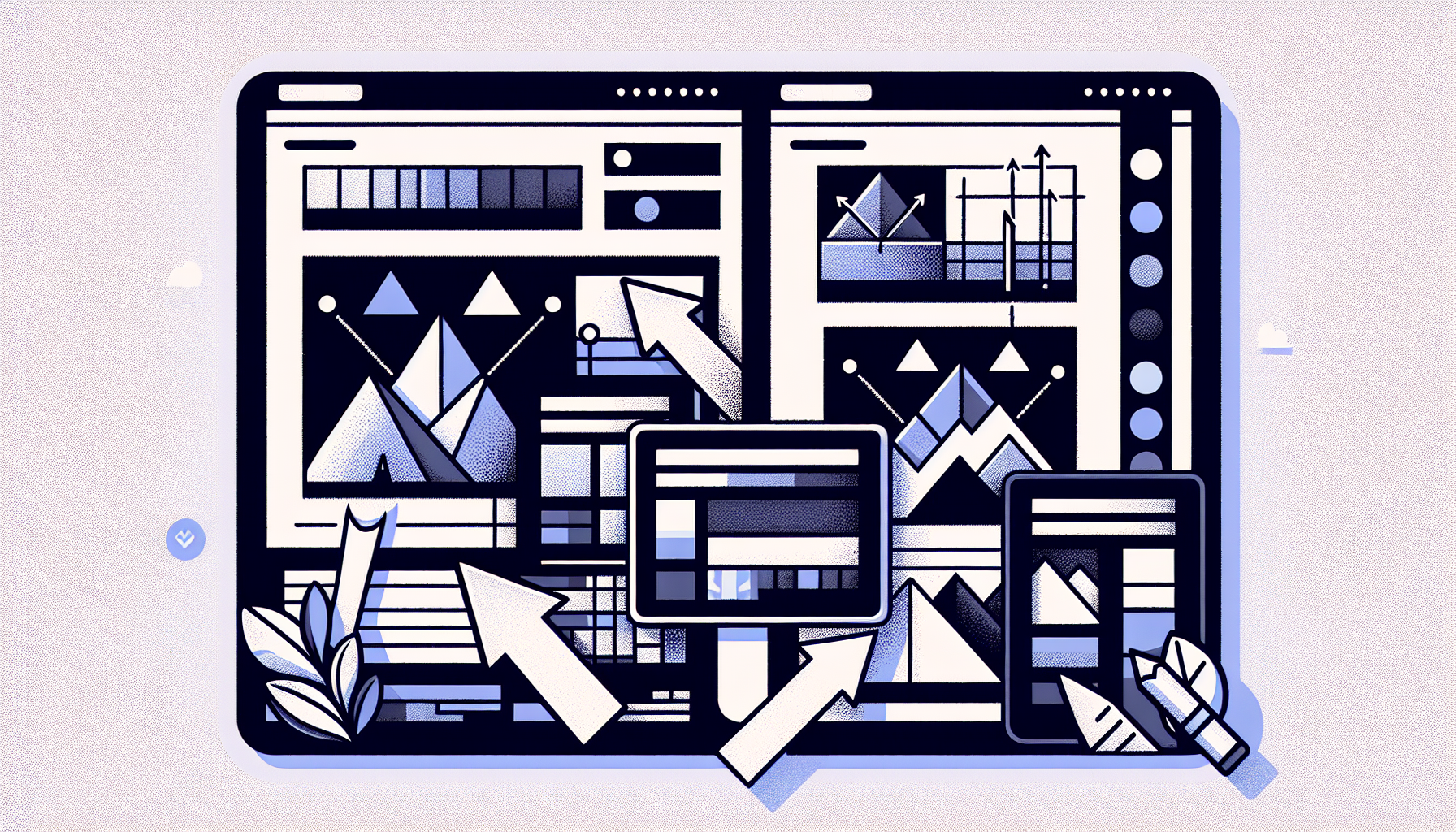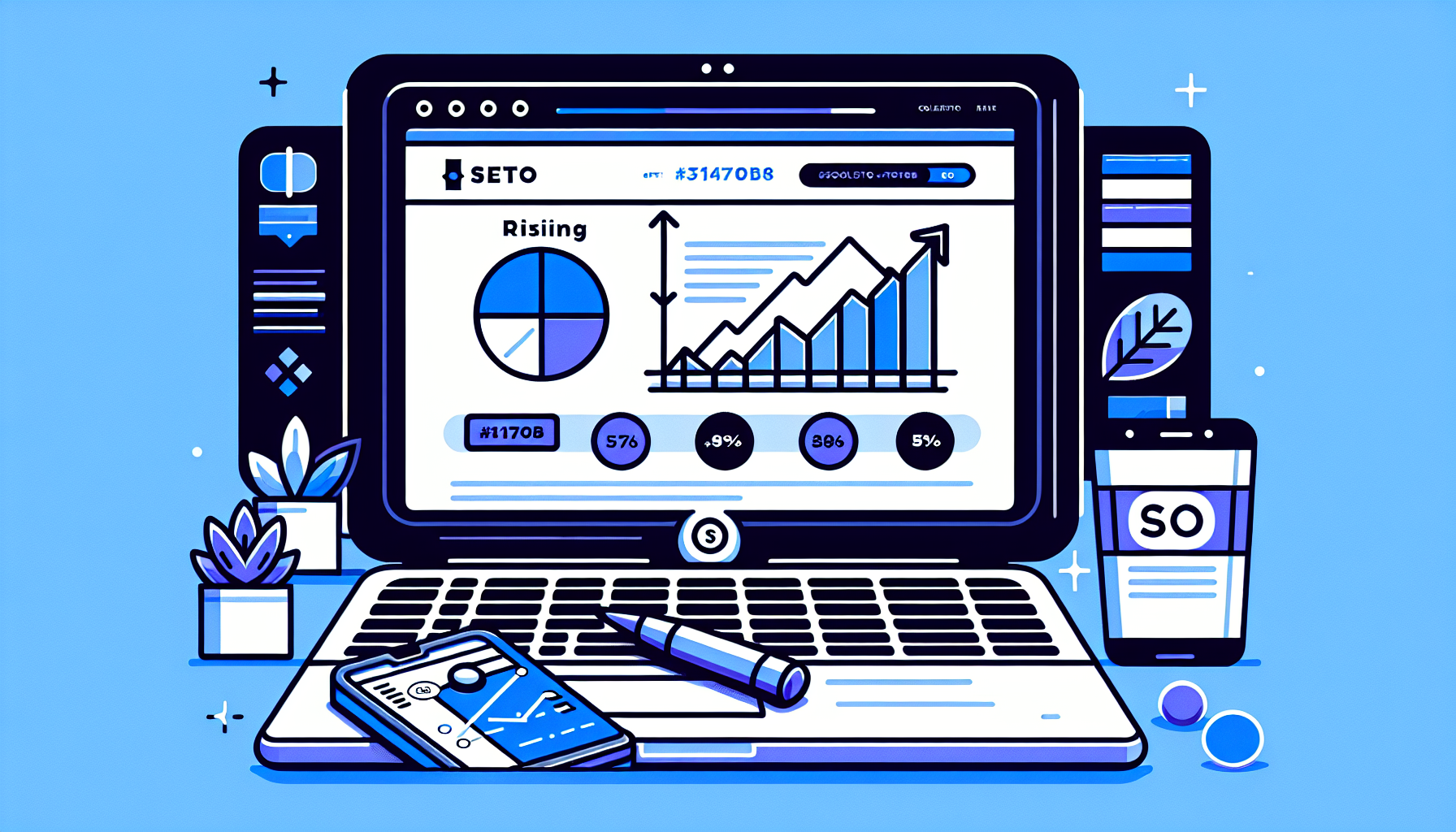What Size Image to Use on WordPress: A Comprehensive Guide
If you’re a WordPress user, you’ve likely encountered the question: “What size image should I use on WordPress?” Choosing the right image size is crucial for your website’s performance, aesthetics, and user experience. In this comprehensive guide, we’ll explore the optimal image sizes for various WordPress elements and provide you with best practices to ensure your website looks great and loads quickly.
Why Image Size Matters in WordPress
Before diving into specific dimensions, it’s essential to understand why image size is so important in WordPress:
- Page Load Speed: Large images can significantly slow down your website, affecting user experience and SEO rankings.
- Visual Appeal: Properly sized images ensure your content looks professional and well-organized.
- Responsive Design: Correct image sizes help your website adapt seamlessly to different screen sizes and devices.
- Storage Space: Optimized images consume less server space, potentially reducing hosting costs.
Recommended Image Sizes for WordPress
Let’s break down the ideal image sizes for various WordPress elements:
1. Featured Images
Featured images, also known as post thumbnails, are typically displayed on your blog’s homepage, archive pages, and at the top of individual posts.
- Recommended size: 1200 x 628 pixels
- Aspect ratio: 1.91:1
This size works well for most WordPress themes and is also optimized for social media sharing on platforms like Facebook.
2. Header Images
Header images appear at the top of your website and often span the full width of the screen.
- Recommended size: 1920 x 1080 pixels
- Aspect ratio: 16:9
This size ensures your header image looks crisp on most modern displays, including high-resolution screens.
3. Blog Post Images
Images within your blog posts should be large enough to be clear but not so large that they slow down your page.
- Recommended size: 900 x 600 pixels
- Aspect ratio: 3:2
This size allows for flexibility in layout while maintaining good quality on both desktop and mobile devices.
4. WordPress Theme Images
The ideal size for theme-specific images can vary depending on your chosen theme. However, a good general guideline is:
- Recommended size: 1280 x 720 pixels
- Aspect ratio: 16:9
This size works well for most theme elements, such as sliders or full-width sections.
5. WordPress Thumbnails
Thumbnails are smaller versions of your images used in various parts of your website, such as widgets or grid layouts.
- Recommended size: 150 x 150 pixels
- Aspect ratio: 1:1 (square)
WordPress automatically generates thumbnails, but you can customize their size in your theme’s functions.php file or by using plugins.
Best Practices for WordPress Image Optimization
Now that we’ve covered the recommended sizes, let’s look at some best practices to ensure your images are optimized for WordPress:
1. Use the Right File Format
Choose the appropriate file format for your images:
- JPEG: Best for photographs and images with many colors
- PNG: Ideal for images with transparency or fewer colors
- WebP: A modern format that offers better compression and quality than JPEG and PNG
2. Compress Your Images
Use image compression tools to reduce file size without significantly affecting quality. Popular options include:
- Smush
- ShortPixel
- Imagify
3. Implement Lazy Loading
Lazy loading delays the loading of images until they’re about to enter the viewport, improving initial page load times. Many WordPress themes and plugins offer this feature.
4. Use Responsive Images
WordPress automatically generates multiple sizes of each uploaded image. Use the srcset attribute to serve the most appropriate size based on the user’s device.
5. Optimize Alt Text and File Names
Use descriptive, keyword-rich alt text and file names to improve SEO and accessibility.
Common Questions About WordPress Image Sizes
Q: How do I change the default image sizes in WordPress?
A: You can modify default image sizes by going to Settings > Media in your WordPress dashboard. For more advanced customization, you can add code to your theme’s functions.php file or use a plugin like Simple Image Sizes.
Q: What’s the maximum file size for uploading images to WordPress?
A: The default maximum file size in WordPress is 2MB. However, this can be increased by modifying your php.ini file or using a plugin like Increase Maximum Upload File Size.
Q: Should I use the full-size image or a scaled version?
A: It’s generally better to use scaled versions appropriate for your content area. Full-size images can slow down your site and may not provide any visual benefit if they’re larger than necessary.
Q: How do I ensure my images look good on retina displays?
A: Upload images that are twice the size you intend to display them. For example, if you want an image to display at 500 x 300 pixels, upload it at 1000 x 600 pixels. WordPress will then serve the appropriate size to retina displays.
Conclusion
Choosing the right image size for WordPress is crucial for maintaining a balance between visual quality and website performance. By following the recommended sizes and best practices outlined in this guide, you can ensure your WordPress site looks great and loads quickly across all devices.
Remember, while these guidelines provide a solid starting point, it’s essential to consider your specific theme requirements and content needs. Don’t hesitate to experiment with different sizes and optimization techniques to find what works best for your unique WordPress site.
If you’re looking for an easier way to manage your WordPress site, including image optimization and content creation, consider using a WordPress Copilot like Billy from Build It For Me. With AI-powered assistance, you can streamline your WordPress management tasks and focus on creating great content for your audience.



